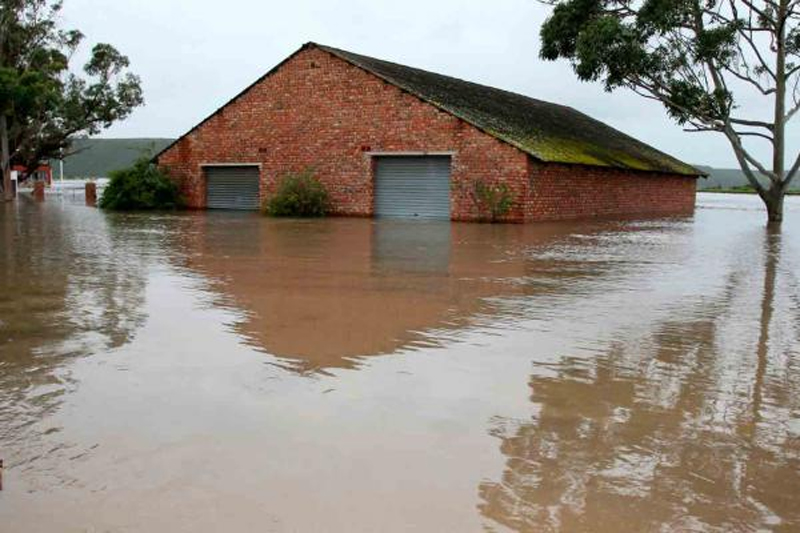Suhail Bhat
SRINAGAR, Apr 4: Slow progress on the flood mitigation strategy in Kashmir has left the Valley vulnerable to September 2014 like devastating deluge that caused death and destruction.
Six years after floods struck the Valley, the Department of Irrigation and Flood Control is yet to complete the phase-1 of the “short-term measures” of the flood management strategy while waiting for funding for phase-II.
Soon after the floods, the department distributed the flood mitigation strategies into three categories- Immediate Measures, Short-Term measures and Long-Term Measures. The Government has completed the immediate measures and increased the carrying capacity of the river by 10,000 cusecs. The short-term measures which were further divided into phase-I and phase-II have not been completed.
Phase-I included the rejuvenation of Hokersar wetland remains incomplete despite being termed as a priority flood management project. The company which was entrusted with drudging of the wetland carried it out but left the excavated material inside the water body. Government has released payment to the company for Phase-I despite incomplete work and for Phase-II part of the payment was withheld.
“This phase-I of flood mitigation included land acquisition, retaining wall on banks of Jhelum from Khannabal to Baramulla, a crate wall, length of revetment on Jhelum from Khannabal to Baramulla, bridges on FSC Shariefabad and Naidkhai, dredging of River Jhelum, Earthwork cutting on flood spill channel in Shariefabad to Naidkhai and other surveys and investigations,” an official said.
Phase-II has not been taken up even after two years of getting approved under the Prime Minister’s Development Package (PMDP). The phase aims at achieving the short-term goal of reducing flood threats at Sangam in South Kashmir’s Anantnag district by enhancing the carrying capacity of Jhelum by more than 15,000 cusecs between Sangam in South Kashmir and Padshahibagh in Srinagar. “The water is supposed to be bifurcated at Padshahibagh where the flood spill channel will carry 17000 Cusecs and the remaining 43000 Cusecs will flow through Jhelum, onwards,” the official said.
The main work to be conducted in this phase-II includes raising of banks, re-sectioning of Flood Spill Channel from off take at Padhshahibagh to its entry in Wullar, re-sectioning of Doodh Ganga diversion channel up to Narkara Numbal and of its outfall channel, widening of outfall channel from Sopore to Baramulla, construction of flood Channel for efficient drainage of floodwater, and anti-Erosion works in the tributaries of the River Jhelum.
An official in the Irrigation and Flood Control Department said that they have done nothing to relieve the flood threat and more work needs to be done in this regard. “The floods today can cause as much as they caused in 2014. We have done nothing in the last six years. We should have been working on long-term measures, but we are still stuck in phase-I and phase-II,” he said.
Chief Engineer Irrigation and Flood Control, Iftikar Kakro, told Excelsior that the phase-I is almost complete and funds for phase-II will be released soon. “The pending part of the phase-I has nothing to do with floods and includes raising some infrastructure. Phase-II has been approved and funds will be released in next two months,” he said.
Trending Now
E-Paper


